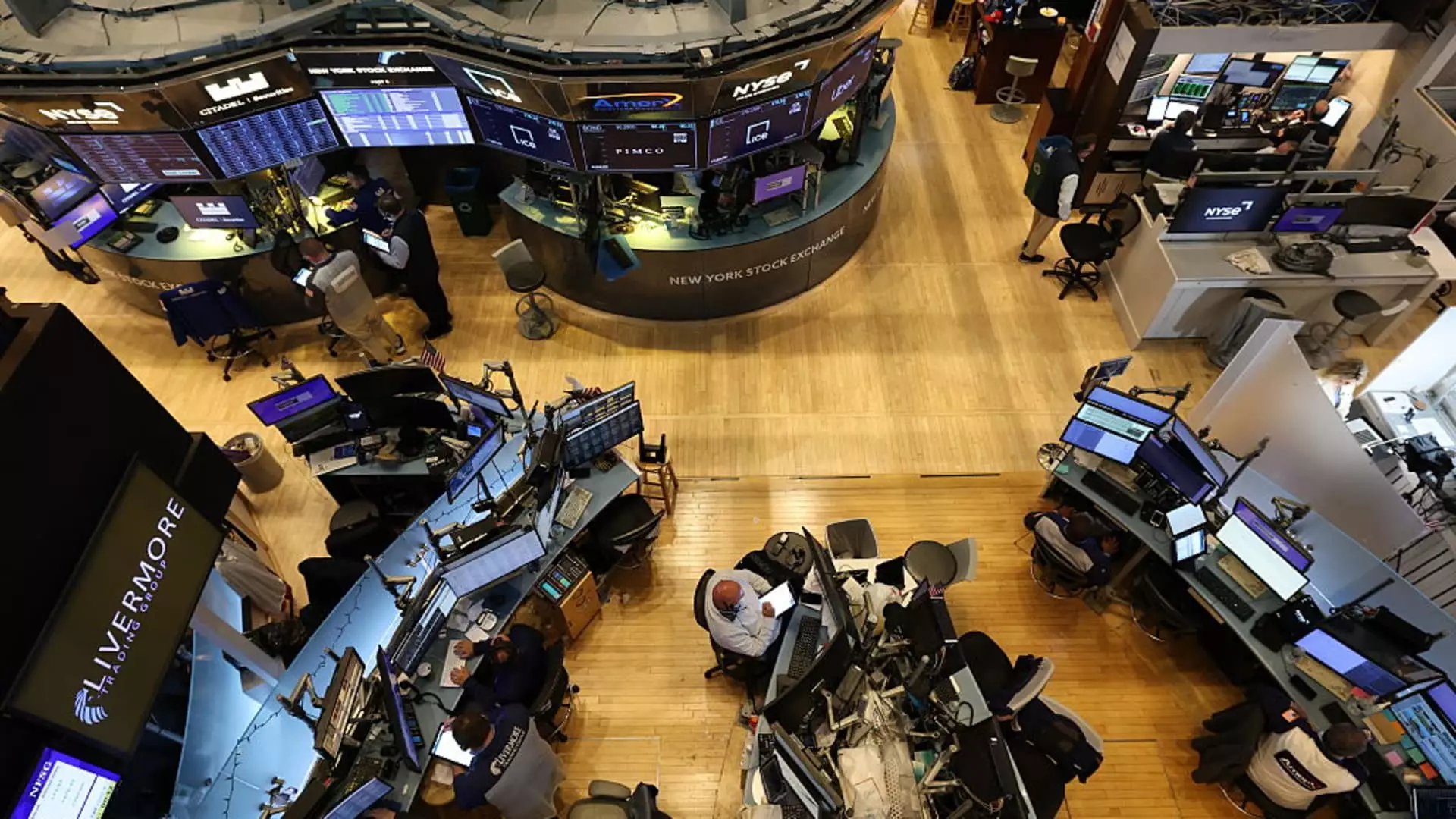In a landscape already marred by geopolitical friction, recent developments in U.S. tariff policy have injected a fresh wave of volatility into global financial markets. Despite modest movements in futures, the underlying unease among investors underscores a dangerous undercurrent: the relentless escalation of trade tensions threatens to destabilize economic growth. The markets’ tepid response—futures barely budging and indices fluctuating marginally—belies the greater concern that the White House’s approach is fueling instability rather than fostering sustainable progress.
The latest tariff announcements by President Trump represent not only a continuation but an intensification of protectionist policies that have already battered investor confidence. Imposing tariffs of up to 40% on longstanding trading partners like Japan and South Korea, alongside a potential 200% levy on pharmaceuticals, signals a reckless gamble with the fragile fabric of global commerce. While some may argue these are justified tactics to safeguard domestic industries, the broader consequence is a cloud of uncertainty that hampers business planning and investment. Markets, inherently risk-sensitive, are reacting accordingly—dipping and jittering, unable to find a clear direction in an environment filled with policy noise.
A Center-Blue Perspective: Challenging Short-Term Optimism
From a centrist liberal standpoint, these aggressive tariffs exemplify shortsighted policymaking driven by political populism rather than long-term economic strategy. While protecting jobs and national interests is vital, resorting to high tariffs risks igniting retaliatory measures, which could spiral into a damaging trade war. The Trump administration’s stance—initial tariffs, then further sector-specific levies, and now threats of even more drastic duties—demonstrates a wilful neglect for the interconnectedness of modern economies. Such a strategy sacrifices stability for symbolic victories, ultimately harming the very workers and industries it claims to defend.
The markets’ reaction—a muted decline in the S&P 500 and a slight uptick in tech stocks—reflects investor apprehension, not confidence. The fact that global indices like Japan’s Nikkei and Europe’s Stoxx 600 show modest gains only underlines how unpredictable and fragile this economic environment remains. These markets are waiting, watching for clarity, yet increasingly being met with mixed signals that threaten to derail recovery at a precarious juncture.
The Broader Impact: A Call for Prudence, Not Provocation
The White House’s unwavering stance on tariffs reveals an underlying complacency that underestimates the importance of diplomacy and multilateral cooperation in securing economic prosperity. Instead of fostering dialogue and mutual benefit, the focus remains on aggressive negotiation tactics that risk alienating key allies. Such actions ignore the interconnected reality of global supply chains, technology development, and international cooperation vital for future growth.
Investors, traders, and policymakers alike should recognize that the path toward sustainable economic health runs through stability, not chaos. While the administration pushes forward with tariffs, the real losers are everyday consumers and workers who depend on the predictability of fair trade. Tactical patience and collaborative engagement should take precedence over brinkmanship—yet the current approach suggests an alarming preference for conflict over consensus, with dire implications for the global economy.

